Flores de Mayo: A Floral Festival of Faith and Filipino Culture
Flores de Mayo is a cherished Filipino tradition celebrated throughout the month of May in honor of the Virgin Mary. Blending Catholic devotion with vibrant local culture, the festival is marked by floral offerings, community prayers, and the grand Santacruzan procession.
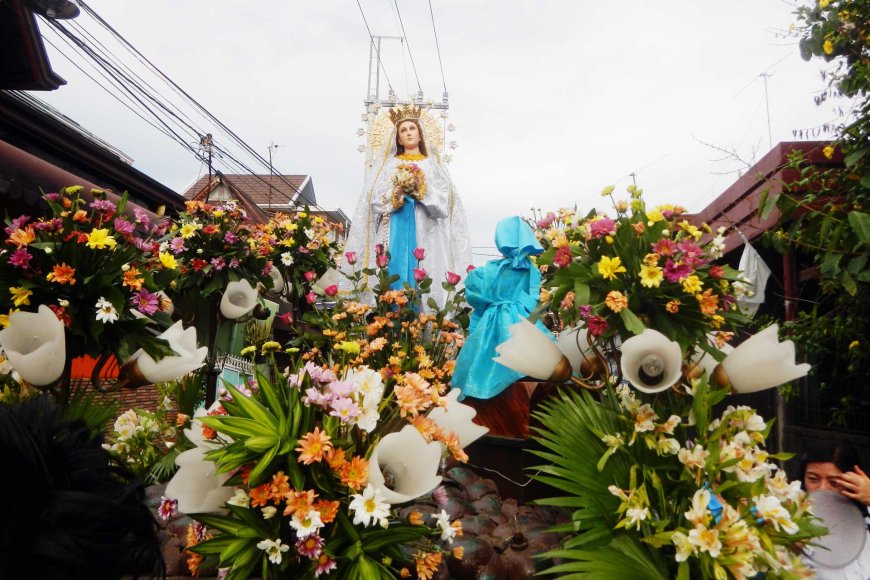
Origins and Religious Significance
Flores de Mayo, meaning "Flowers of May," is a Catholic festival introduced by Spanish missionaries in the 19th century. It celebrates the Blessed Virgin Mary as the "Queen of May." Each day of May, devotees—especially children—gather in churches and chapels to offer fresh flowers to an image of the Virgin while praying the Rosary and singing Marian hymns.
This deeply religious aspect of Flores de Mayo reinforces the Philippines’ identity as Asia’s largest Catholic nation, where faith is not just practiced in churches but woven into everyday life and cultural celebrations.
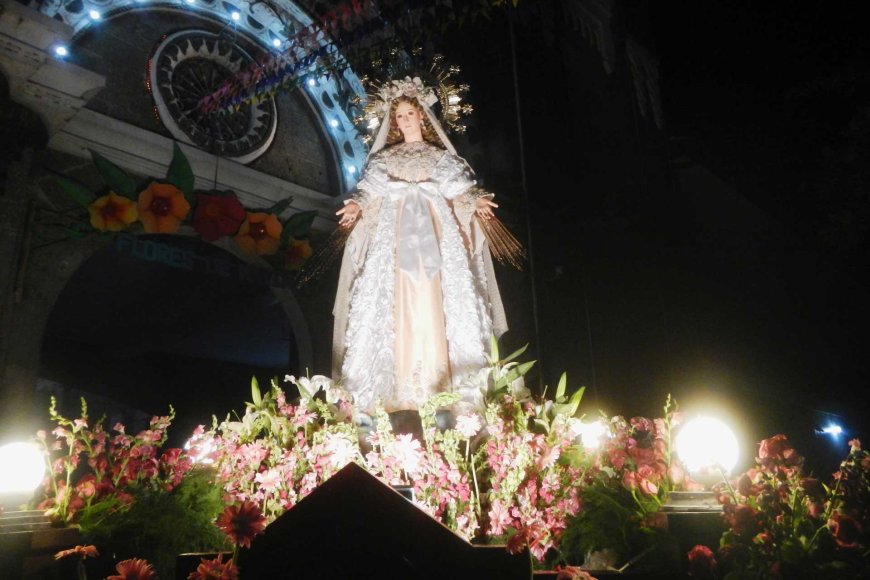
Daily Offerings and Community Spirit
In many towns and barangays, the celebration starts in the afternoon. Young girls, dressed in white or floral dresses, walk to the chapel carrying baskets of petals. With songs like “Ave Maria” playing softly, they offer the flowers at the altar, a symbolic gesture of purity and love for Mary.
Often followed by shared merienda (snacks), these daily gatherings become a time for bonding among families and neighbors. In rural areas, the event serves as a way to strengthen community ties and teach children about Catholic values and Filipino heritage.
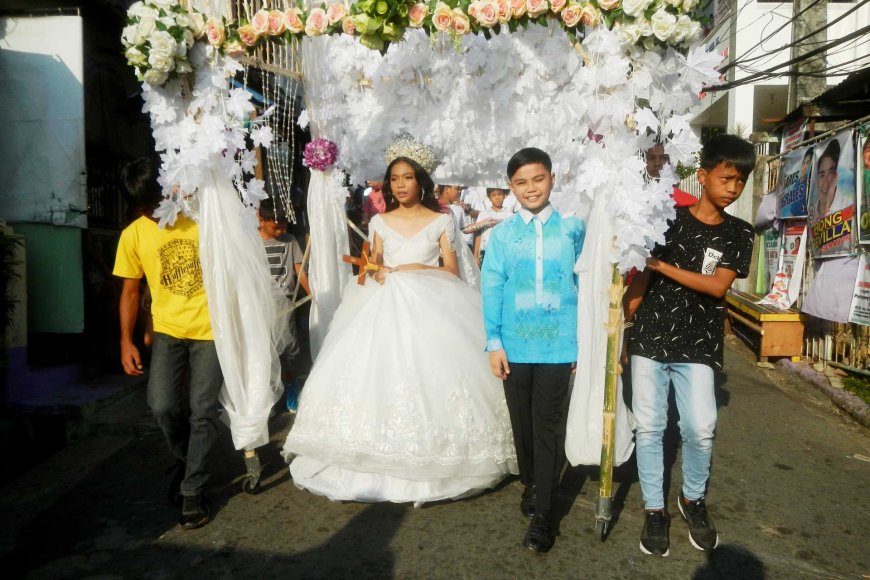
The Grand Highlight: Santacruzan
The climax of Flores de Mayo is the Santacruzan, a grand procession held at the end of May. It reenacts the legendary search of Queen Helena (Reyna Elena), mother of Emperor Constantine, for the True Cross on which Jesus was crucified.
Local beauties are chosen to portray biblical and historical queens, saints, and Marian titles. The most anticipated is Reyna Elena herself, usually a young woman in a stunning gown and ornate crown, holding a cross. Accompanied by boys dressed as knights and musicians playing traditional tunes, the procession winds through the town under arches of flowers and lights.
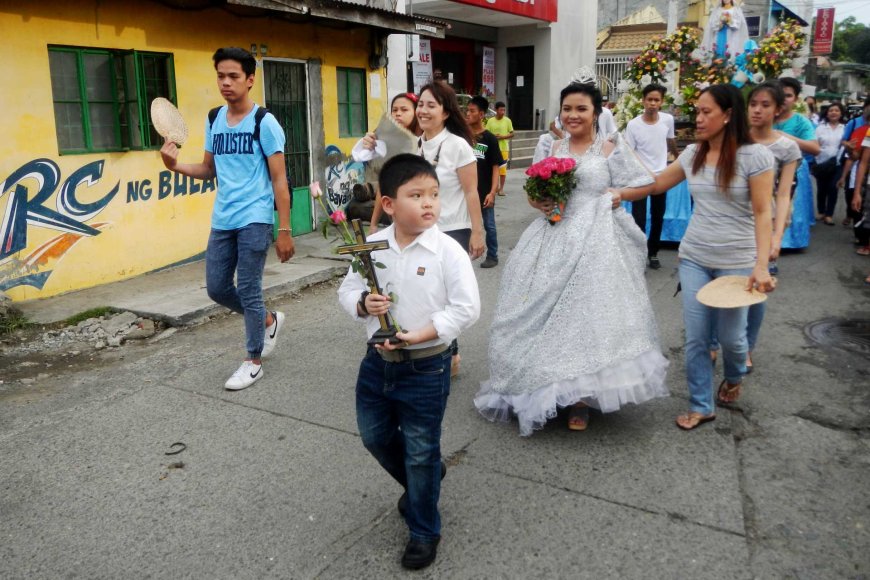
Modern Celebrations and Cultural Revival
Today, Flores de Mayo remains popular, not just in rural provinces but also in urban centers. It is often supported by the local parish, civic groups, and LGUs (local government units), with prizes, cultural shows, and pageants incorporated into the celebration.
While some criticize the festival’s commercialization in recent years, many communities strive to keep its religious essence intact, focusing on prayer and devotion before the pageantry.
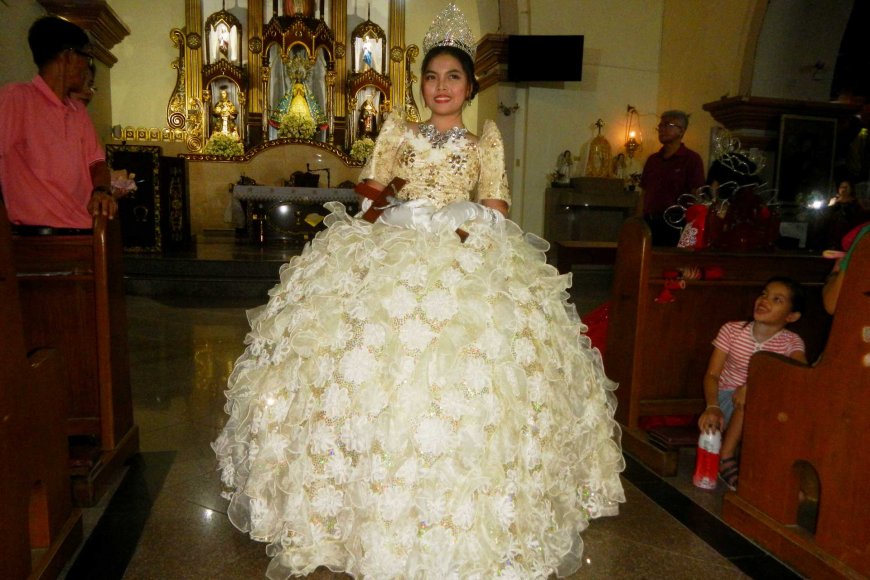
Faith in Full Bloom
Flores de Mayo is a testament to the Filipino people's enduring faith and love for beauty, tradition, and family. Through each petal offered and procession held, Filipinos renew their cultural roots and spiritual devotion every May, turning ordinary days into moments of grace and celebration.
Nipino.com is committed to providing you with accurate and genuine content. Let us know your opinion by clicking HERE.




































































